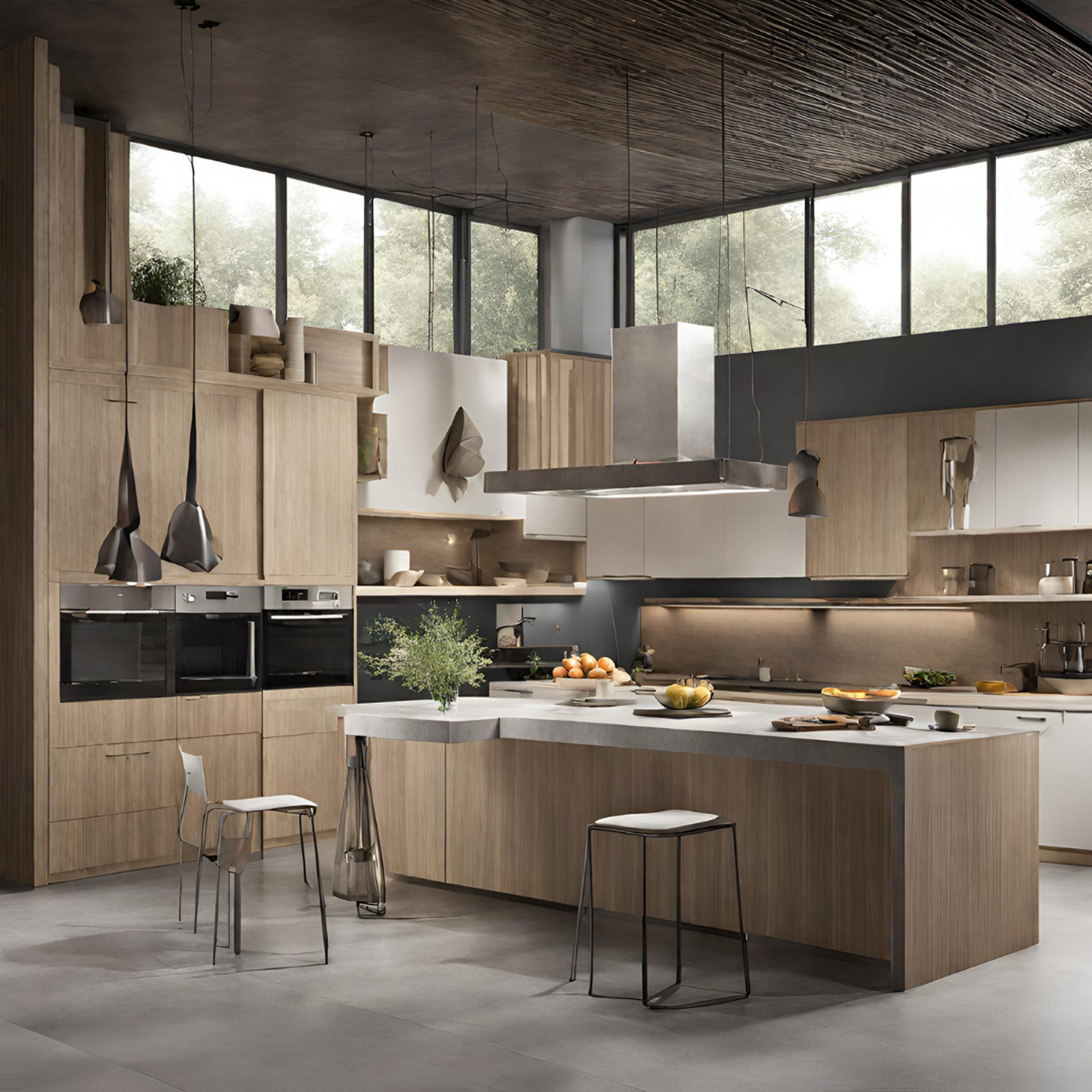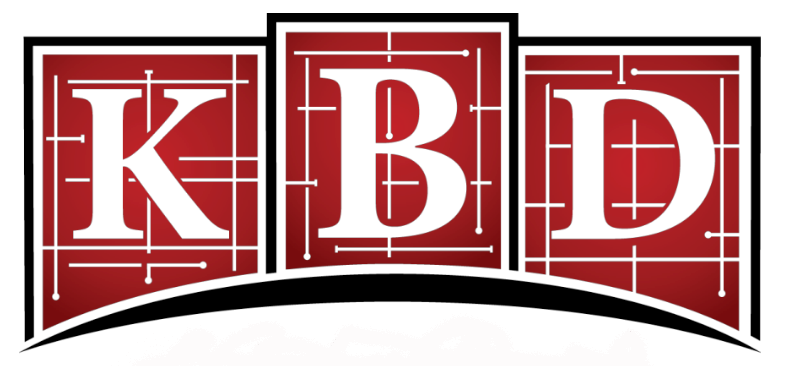Blog
Health and Wellness in Kitchen Design
The modern kitchen is evolving into a space that nurtures not just the body but also the mind

Ergonomics: The Heart of Modern Kitchen Design
In the ever-evolving landscape of home interiors, the kitchen stands out as a dynamic space where design meets functionality. As we step into 2024, two major trends are shaping the modern kitchen: a heightened focus on health and wellness and a renewed emphasis on functionality and efficiency, particularly through ergonomic design.
Health and Wellness in the Kitchen
Today's homeowners are increasingly aware of the impact their living spaces have on their physical and mental well-being. In the kitchen, this awareness translates into designs that are not just visually appealing but also conducive to health and wellness. The incorporation of ergonomic elements plays a vital role here. The science of ergonomics aims to create environments that fit the user, and in the kitchen, this means designs that reduce physical strain and promote efficient movement. Features like strategically placed appliances, optimally height-adjusted counters, and thoughtfully organized workspaces are becoming the norm.
A Breath of Fresh Air
Enhancing air quality and embracing natural elements are also integral to this wellness-driven approach. Advanced ventilation systems, air-purifying plants, and the use of natural materials like wood and stone all contribute to creating a kitchen space that's as healthy as it is stylish. Mindful design choices extend to the realm of mental well-being, with calming color schemes and lighting that create a serene, stress-free cooking environment.
The Rise of Ergonomics in Functionality and Efficiency
Functionality and efficiency are the cornerstones of modern kitchen design, and ergonomics is at the forefront of this trend. The goal is to minimize discomfort and maximize ease of use, ensuring that the kitchen is accessible and safe for all users. This includes features like slip-resistant flooring, easy-grip handles, and user-friendly appliance interfaces.
Customization: The Key to Comfort
Adjustable and customizable features are a hallmark of ergonomic kitchen design. Whether it's a counter that can be raised or lowered to suit the user's height or cabinets that slide out for easy access, customization is key. This flexibility is not just about comfort; it's about creating a kitchen that can adapt to the evolving needs of its users.
Seamlessly Blending Technology
Technology integration is another aspect where ergonomics and efficiency intersect. Smart appliances that respond to voice commands, remote-controlled lighting, and faucets with sensor-based operations are all examples of how technology is making kitchens more user-friendly and efficient.
Conclusion: A Space for Healthy Living
As we look towards the future of kitchen design, it's clear that the concepts of health, wellness, and ergonomics are becoming increasingly intertwined with functionality and efficiency. The modern kitchen is evolving into a space that nurtures not just the body but also the mind, a space where every element is thoughtfully designed to create an environment that supports healthy living. For homeowners looking to redesign their kitchens in 2024, these trends offer a roadmap to a space that is not just a culinary workshop but a cornerstone of their well-being.
Write a Comment
Contact Us
We will get back to you as soon as possible
Please try again later
Featured Project Video
MENU
GET IN TOUCH
CONTACT US
Email us and a member of our Sales Team will be in touch with you shortly.
Let's Get Started
We will get back to you as soon as possible
Please try again later
Cabinet Company | Custom Kitchen Cabinets | Custom Bathroom Cabinets | Cabinets | Kitchen Cabinets | Bathroom Cabinets | Bathroom Vanities | Custom Cabinets | Countertops | Granite Countertops | Quartz Countertops | Laminate Countertops | Counter tops iowa city | Kitchen cabinets iowa city | Cabinets Iowa City | Kitchen Remodeling Iowa City | Counter Tops North Liberty | Kitchen Cabinets North Liberty | Cabinets North Liberty | kitchen remodeling north liberty | Counter Tops Cedar Rapids | Kitchen Cabinets Cedar Rapids | Cabinets Cedar Rapids | Kitchen Remodeling Cedar Rapids | Counter Tops Davenport | Cabinets Davenport | Kitchen Remodeling Davenport
Web Design & Digital Marketing With ♥ by Dotcom Design

